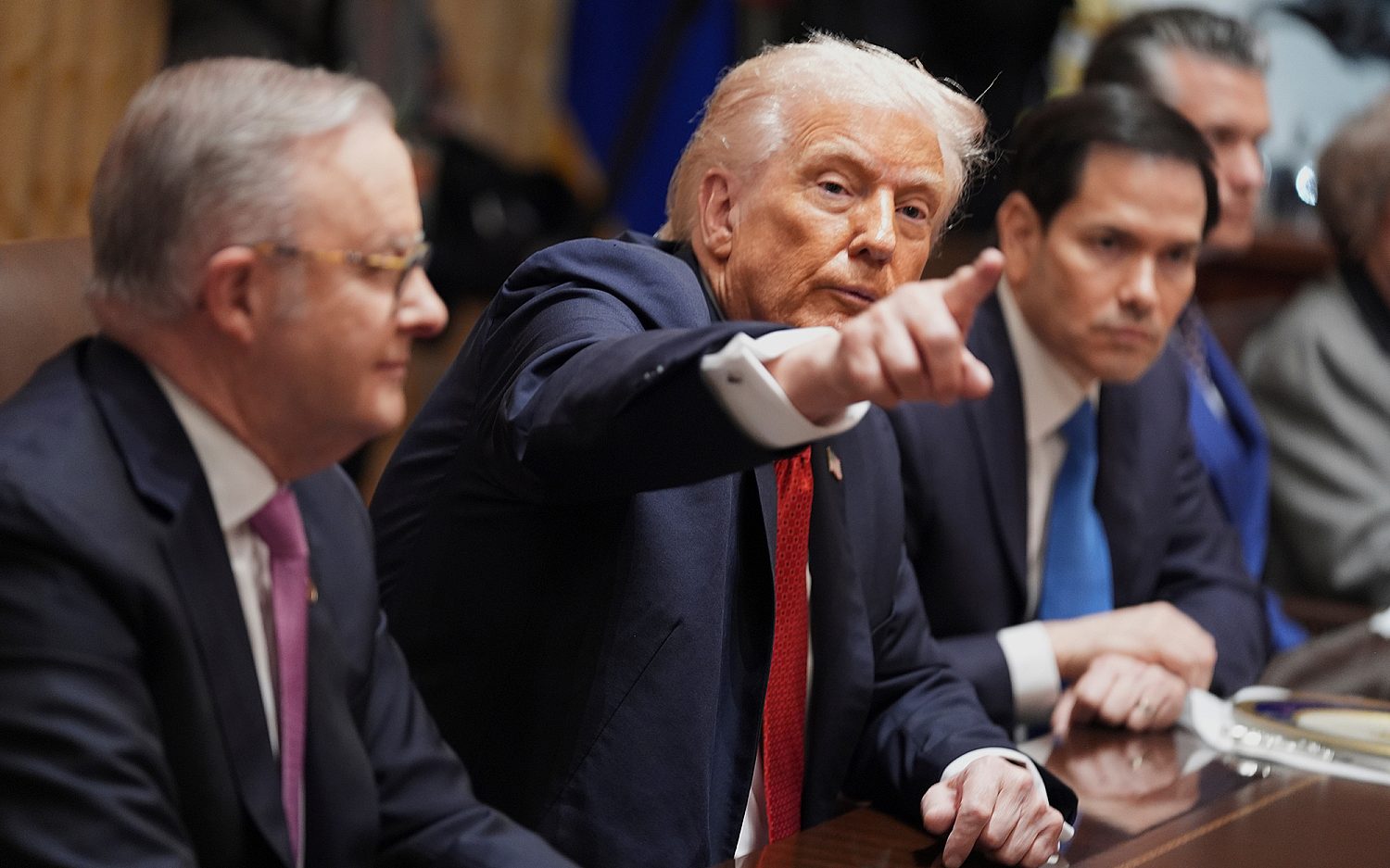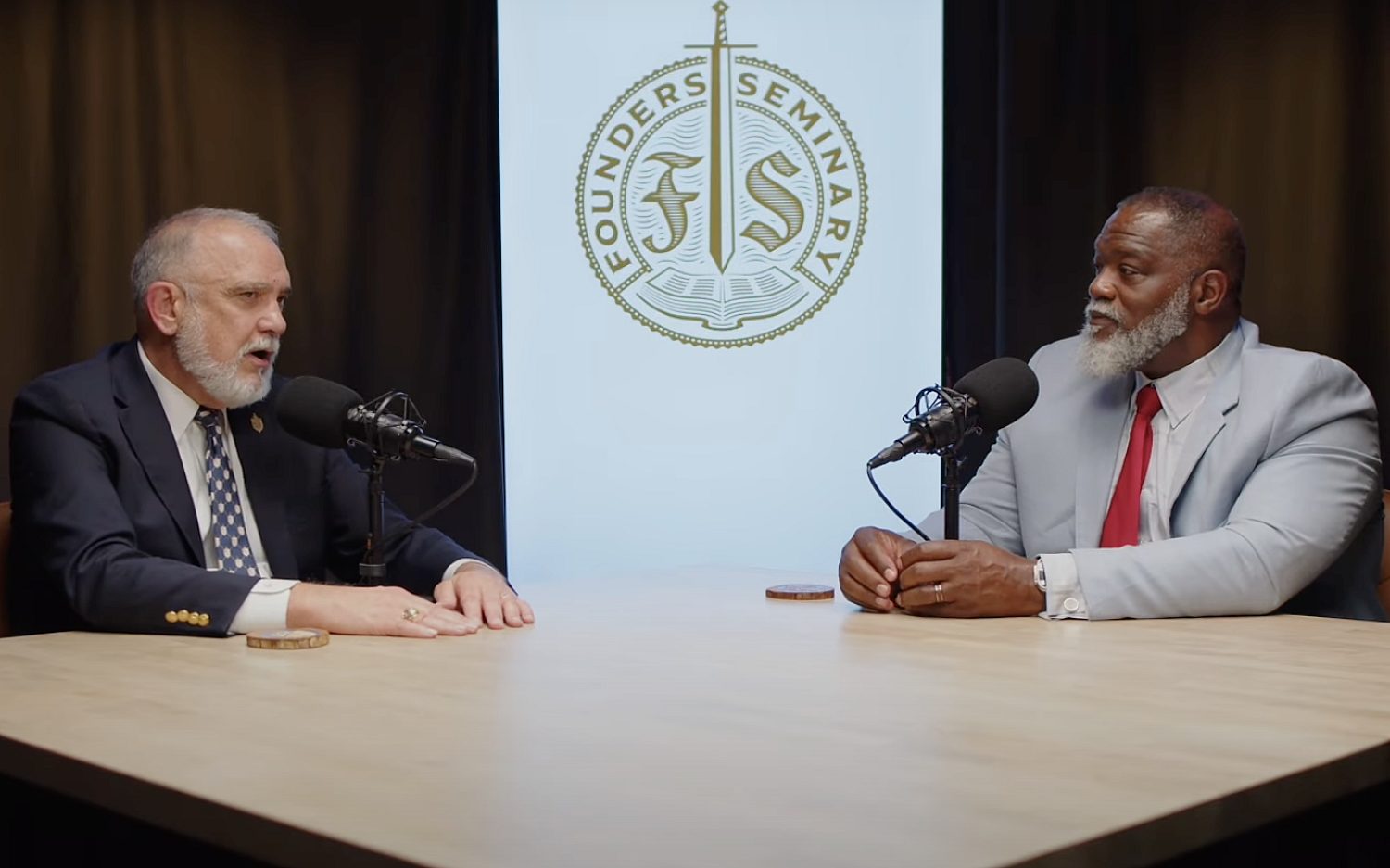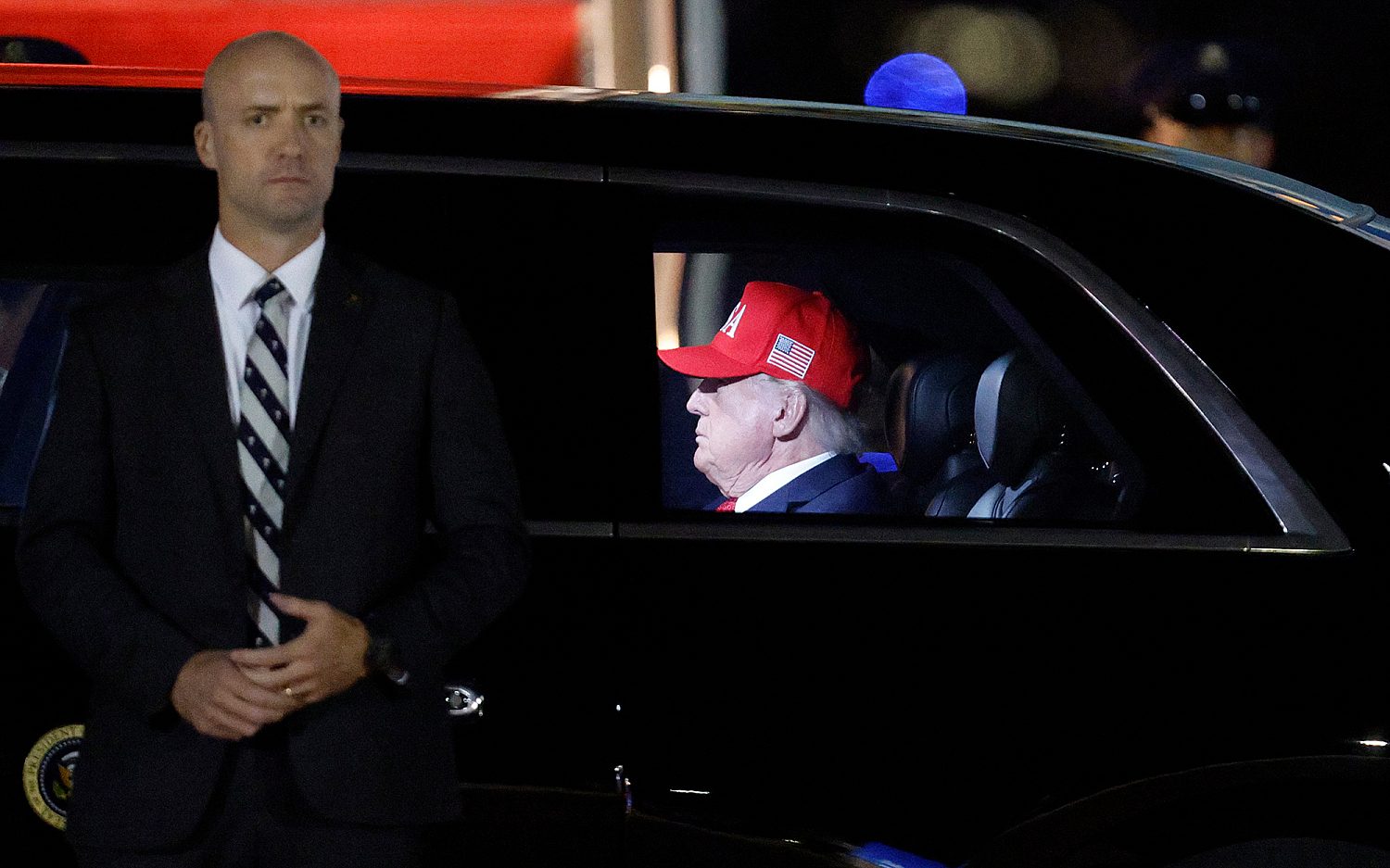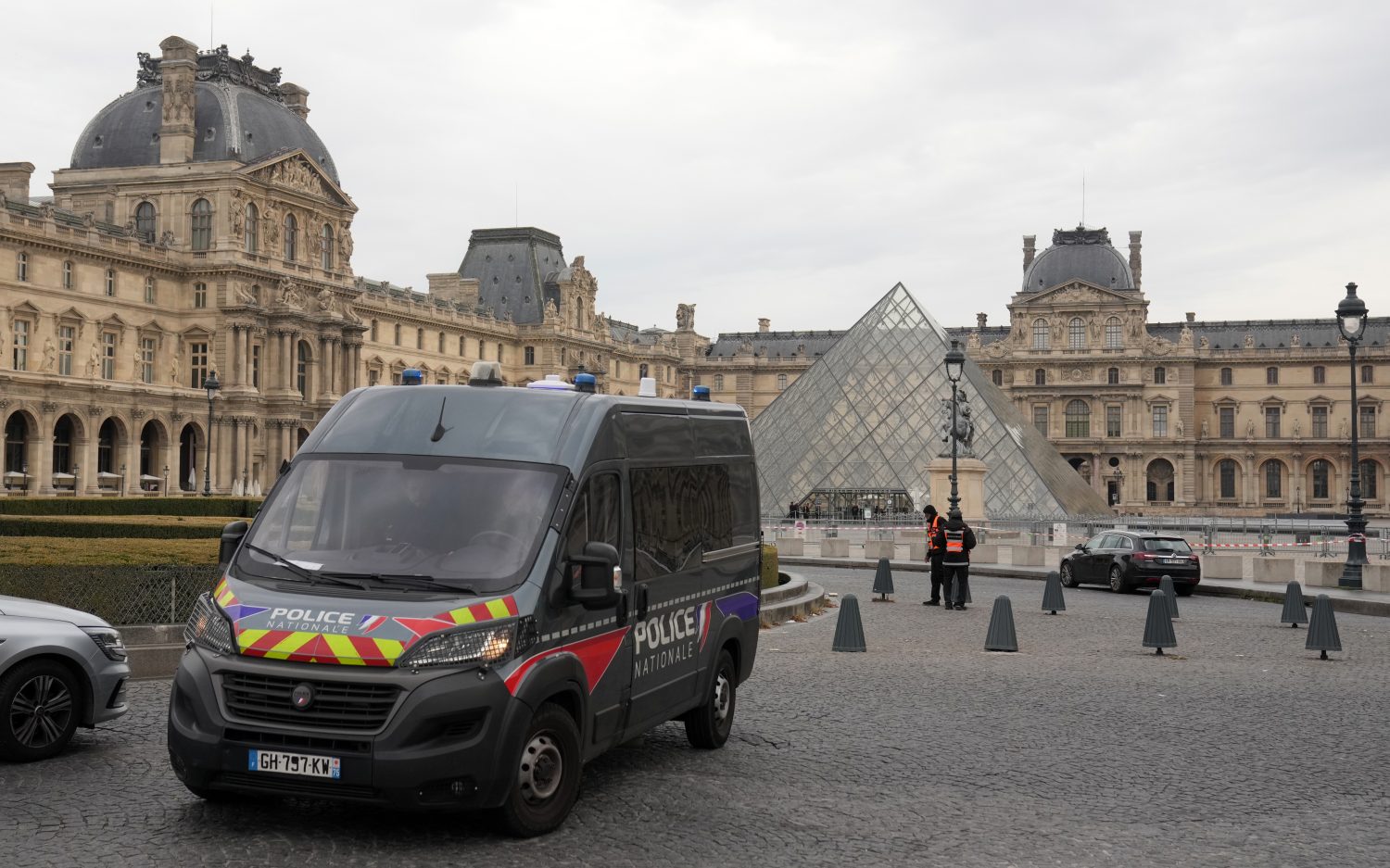Illegal gemstones from Afghanistan are funding Islamic extremists
While Taliban militants in Afghanistan harvest up to $3 billion annually from opium poppy profits, another moneymaker lies beneath the country’s war-ravaged soil: lapis lazuli, a deep ultramarine blue mineral almost entirely unique to Afghanistan. The gem is now the Taliban’s second biggest revenue-generator, raking in almost $20 million last year.
This week, Global Witness released a report claiming illegal lapis lazuli mining is draining the Afghan government of billions in potential profits, while filling armed insurgent groups’ war chests.
And the Taliban isn’t the only group allured by the blue gemstone. In recent months, the Islamic State (ISIS) affiliate in Afghanistan has also had its eye on lapis lazuli, sparking bitter competition for mine control in Badakhshan, the once peaceful northern province where the majority of lapis mines are concentrated. The province is becoming increasingly violent and destabilized, prompting Global Witness to appeal for the gemstone’s classification as a conflict mineral, similar to a “blood diamond” from the Congo or Ivory Coast.
“At the moment, more than 50 percent of the revenue that is coming out of the mine is being handed straight on to the Taliban,” said Stephen Carter, author of the report. “The Taliban in Badakhshan have close links to ISIS as well, so this is a very serious security issue.”
Two years ago, local warlord Abdul Malek seized control of the lapis mines in Badakhshan, reportedly shelling out a huge quantity of cash to the Taliban to ensure a monopoly. Some say Afghan politicians and officials turn a blind eye to illegal lapis extraction because they pocket a portion of export profits.
“It’s a big issue for the people of Afghanistan because they are losing their property to groups of terrorists, which on one side are stealing our property and on the other side are strengthening their terrorist group. So it’s a lose-lose situation,” Daud Saba, Afghanistan’s mines minister, told Reuters in November.
Afghanistan is rich in mineral assets—including copper, emeralds, lithium, onyx, and rubies. The BBC recently cited a geological survey claiming Afghanistan sits on almost $1 trillion in undeveloped mining profits, enough to pull the country out of its economic lethargy if properly developed and regulated. Skeptics say it’s too early to put a price tag on hypothetical mineral profits.
“There is a great deal of interest in diverse minerals and gems [in Afghanistan] but without more exploration putting a value on it seems speculative,”said Talmage Payne, a social entrepreneur specializing in international trade and development with Hagar International and World Hope International.
China particularly admires lapis lazuli and is the biggest buyer of Afghanistan’s controversial blue gemstone. China’s import habits stand in contrast to its official position as peace-broker on Afghanistan’s regional security talks. Along with Afghanistan, Pakistan, and the United States, China is part of a four-country peace dialogue consultation group designed to bring the Taliban into talks and end war in the country.
The Associated Press contributed to this report.
An actual newsletter worth subscribing to instead of just a collection of links. —Adam
Sign up to receive The Sift email newsletter each weekday morning for the latest headlines from WORLD’s breaking news team.




Please wait while we load the latest comments...
Comments
Please register, subscribe, or log in to comment on this article.